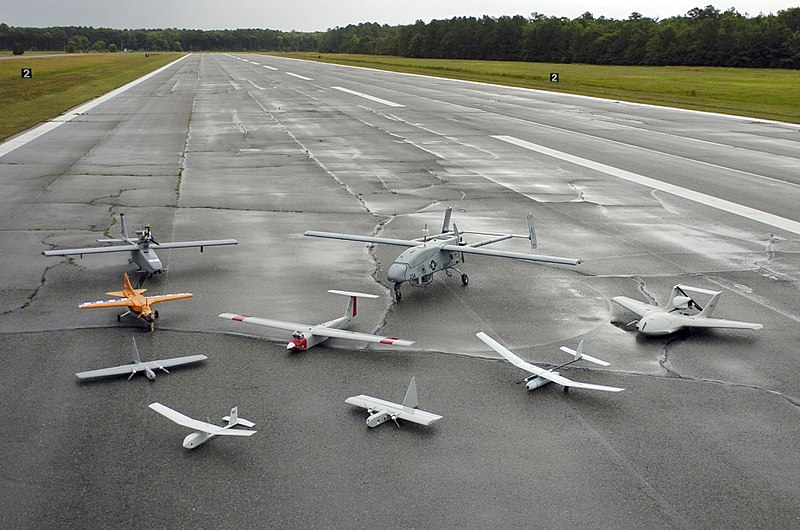USV bác bẩu cũng chỉ là cái cano tác chiến vùng nước cạn chủ yếu là tuần tra .
các loại UAV đa số đều cất cánh và hạ cánh kiểu nhảm nhí có thằng có dù bung có thằng lao vào lưới có thằng thì treo lên cột không phải tất cả đều như bác nói
- Vâng đúng là uav thì có nhiều cách cất cánh và hạ cánh, nhưng điều em đang nói là mấy con uav của Việt Nam đấy ạ
- USV đó nó sử dụng cho rất nhiều địa hình chứ không phải chỉ có mỗi vùng nước nông, theo em tìm hiểu trên youtube nó còn chở theo cả tàu ngầm mini để rà phá thủy lôi nữa, và món này rất cơ động , em tìm hiểu thêm thì israel cũng đang sở hữu dòng này rồi
- Gửi bác Chã xem qua con USV này , em lên Of bằng điện thoại nên không đưa ảnh , video lên được, còn đây là thông số kĩ thuật đây ạ, bác xem nó có phải loại cano tuầnt a vùng nước nông như bác nói Posts Tagged Posts Tagged ‘Piranha’ ‘Piranha’
Rethinking USVs Rethinking USVs
http://www.informationdissemination.net/2011/05/rethinking-usvs.html Information Dissemination – Chris Rawley
Unmanned surface vehicles are rapidly approaching practicality for naval uses. Although I’ve sung the praises of UAS for some time now, I’ve been a bit skeptical on the utility of their robotic surface cousins. I recently had an opportunity to check out the high and low ends of the USV spectrum in person. The Piranha is an “optionally manned” 16M carbon fiber diesel-powered beast that tops out at 45 knots and is purported to have a remarkable endurance of 40 days. The Piranha can be air dropped, operate up to sea state 6, employ a 2.5 ton payload of weapons, people, or sensors, and as a hybrid, it sips gas and can be operated very quietly on battery-power.
At the opposite end of the scale is the boogie board-like Wave Glider. Originally developed for oceanography purposes, the wave and solar-powered platform moves at a leisurely knot and a half and has already made an 82 day transit from the US West Coast to Hawaii.
Needless to say, both of these craft have utility for special operations and coastal counter-terrorism missions. They seem tailor made for long duration ISR patrols and the deployment of other unattended sensors where the presence of SOF (or larger manned vessels) is operationally too risky or politically untenable.
I am less a fan of USVs for force protection missions. Although there is certainly appeal in an unmanned craft taking the place of a patrol boat crew in rough seas and harsh weather, I just don’t think the soda straw situational awareness USV’s provide is a good choice for operations which require split second decisions on assessing hostile intent and applying ROE in the close quarters of a harbor. Though in the long term, I foresee autonomous USV swarms attacking enemy ships with missile barrages or “suicide” bombing missions against high value platforms. Of course, as with UAVs, technology spreads rapidly, and it’s only a matter of time until we see USVs deployed by state and non-state enemies for smuggling, reconnaissance, and other nefarious operations.
-



.jpg)
.jpg)




